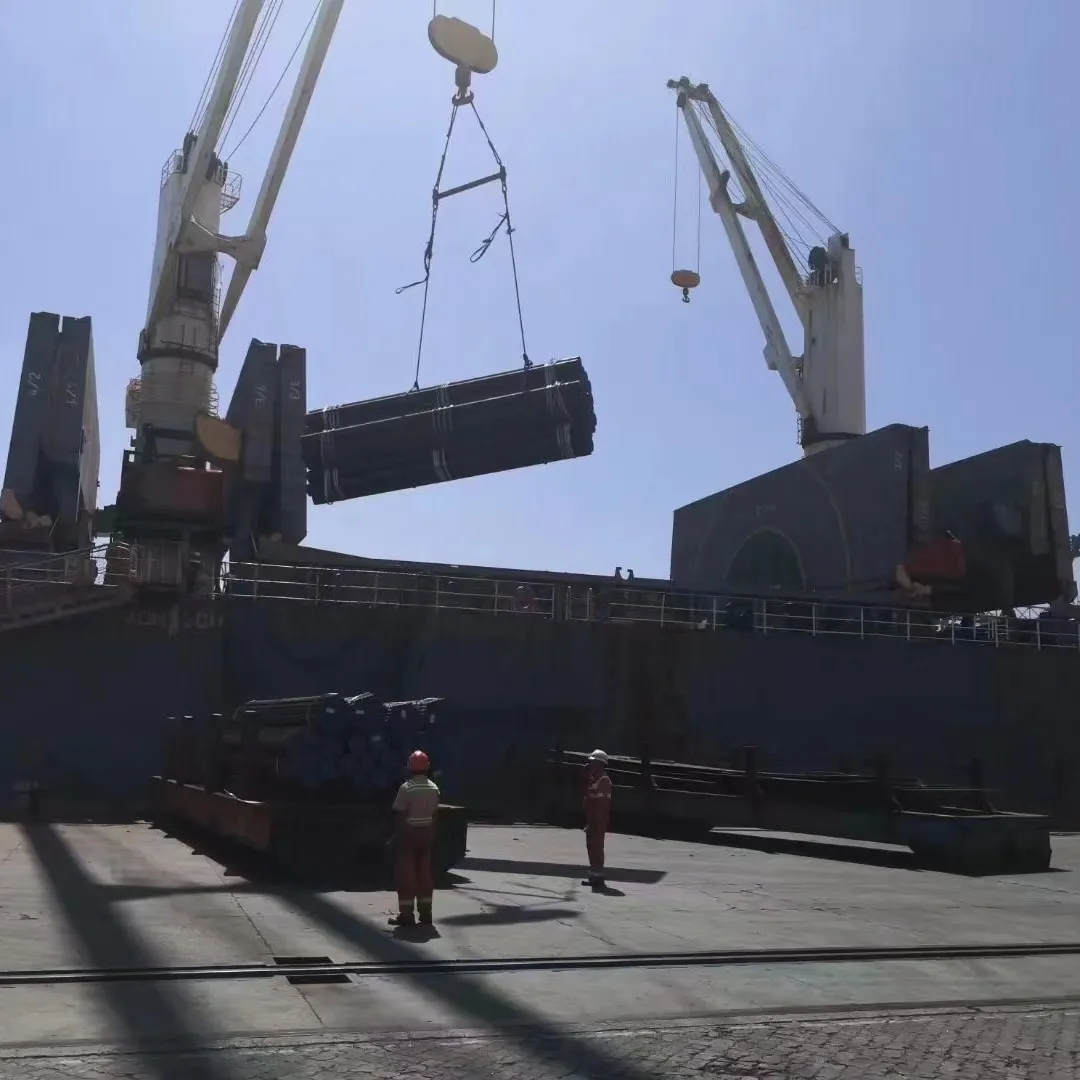-
Cangzhou Yulong Steel Co., Ltd.
-
Phone:
+86 13303177267 -
Email:
admin@ylsteelfittings.com
- English
- Arabic
- Italian
- Spanish
- Portuguese
- German
- kazakh
- Persian
- Greek
- French
- Russian
- Polish
- Thai
- Indonesian
- Vietnamese
- Zulu
- Korean
- Uzbek
- Hindi
- Serbian
- Malay
- Ukrainian
- Gujarati
- Haitian Creole
- hausa
- hawaiian
- Hebrew
- Miao
- Hungarian
- Icelandic
- igbo
- irish
- Japanese
- Javanese
- Kannada
- Khmer
- Rwandese
- Afrikaans
- Albanian
- Amharic
- Armenian
- Azerbaijani
- Basque
- Belarusian
- Bengali
- Bosnian
- Bulgarian
- Catalan
- Cebuano
- China
- China (Taiwan)
- Corsican
- Croatian
- Czech
- Danish
- Esperanto
- Estonian
- Finnish
- Frisian
- Galician
- Georgian
- Kurdish
- Kyrgyz
- Lao
- Latin
- Latvian
- Lithuanian
- Luxembourgish
- Macedonian
- Malgashi
- Malayalam
- Maltese
- Maori
- Marathi
- Mongolian
- Myanmar
- Nepali
- Norwegian
- Norwegian
- Occitan
- Pashto
- Dutch
- Punjabi
- Romanian
- Samoan
- Scottish Gaelic
- Sesotho
- Shona
- Sindhi
- Sinhala
- Slovak
- Slovenian
- Somali
- Sundanese
- Swahili
- Swedish
- Tagalog
- Tajik
- Tamil
- Tatar
- Telugu
- Turkish
- Turkmen
- Urdu
- Uighur
- Welsh
- Bantu
- Yiddish
- Yoruba

Nov . 17, 2024 14:22 Back to list
Exploring Different Types of Threaded Pipes and Fittings for Efficient Connections
Understanding Threaded Pipe and Fittings A Comprehensive Overview
Threaded pipe and fittings are integral components of various plumbing and industrial systems, providing a reliable and efficient means of connecting pipes for fluid transport. This article delves into the design, types, advantages, and common applications of threaded pipe and fittings.
What Are Threaded Pipes and Fittings?
Threaded pipes are cylindrical tubes that have helical ridges or grooves, known as threads, cut into their outer surface. These threads allow pipes to be connected securely to fittings, which are specially designed components that change the direction of flow, add length, or serve as a connection point for equipment. The threading can be applied to both the pipes and the fittings to ensure a tight seal and prevent leaks.
Types of Threaded Pipe and Fittings
Threaded pipes and fittings come in various materials, including
1. Steel Known for its strength and durability, threaded steel pipes are widely used in industrial applications, particularly in high-pressure systems.
2. Stainless Steel This corrosion-resistant option is ideal for environments where high hygiene standards are necessary, such as food processing and pharmaceuticals.
3. Plastic PVC and CPVC are common plastic threaded pipes, offering resistance to corrosion and chemical damage. They are often used in residential plumbing and irrigation systems.
4. Brass Although more costly, brass fittings are valued for their excellent corrosion resistance and are frequently employed in the plumbing of potable water systems.
Within these materials, fittings also come in various types, including elbows, tees, couplings, and caps, which allow for versatile connections and system designs
.threaded pipe and fittings

Advantages of Threaded Connection
One of the primary advantages of threaded pipe and fittings is the ease of installation. They can be assembled using common hand tools, requiring no special equipment or welding, which saves time and labor costs. Additionally, because they provide a secure and tight seal, threaded connections effectively minimize the risk of leaks.
Another benefit is the flexibility in disassembly and repair. If a section of the piping system requires maintenance or replacement, threaded connections can be easily unscrewed without damaging adjacent components, making repairs more straightforward.
Applications of Threaded Pipe and Fittings
Threaded pipes and fittings are used across a wide range of applications
- Residential Plumbing Most home plumbing systems utilize threaded connections for water supply and drainage. - Industrial Systems High-pressure and high-temperature applications in manufacturing plants often rely on threaded steel pipes for their durability.
- Chemical Processing Threaded plastic pipes are used for transferring chemicals, where corrosion resistance is crucial.
- Heating and Cooling Systems These systems often utilize threaded connections for their efficiency and ease of repair.
Conclusion
In summary, threaded pipe and fittings are essential components in plumbing and industrial systems, providing durable, flexible, and efficient connections. Their wide range of materials and compatibility with various applications make them a preferred choice for many engineers and contractors. Understanding the types, advantages, and uses of these components can help ensure efficient systems that operate smoothly and reliably over time. Whether for residential plumbing, industrial systems, or specialized applications, threaded pipes and fittings continue to play a crucial role in fluid management solutions worldwide.
Latest news
-
ANSI 150P SS304 SO FLANGE
NewsFeb.14,2025
-
ASTM A333GR6 STEEL PIPE
NewsJan.20,2025
-
ANSI B16.5 WELDING NECK FLANGE
NewsJan.15,2026
-
ANSI B16.5 SLIP-ON FLANGE
NewsApr.19,2024
-
SABS 1123 FLANGE
NewsJan.15,2025
-
DIN86044 PLATE FLANGE
NewsApr.19,2024
-
DIN2527 BLIND FLANGE
NewsApr.12,2024
-
JIS B2311 Butt-Welding Fittings LR/SR 45°/90° /180°Seamless/Weld
NewsApr.23,2024











